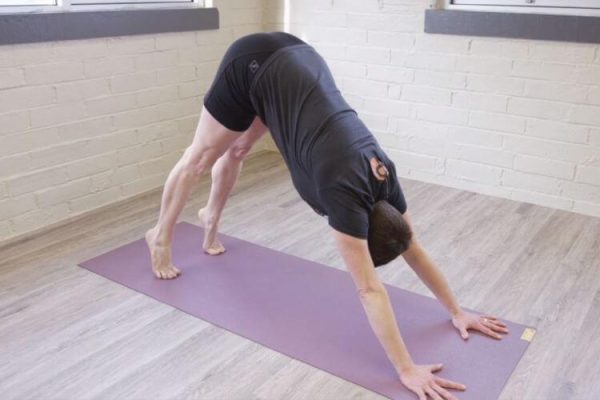Some have come to believe that the sign of a good workout is feeling a little sore in the target area the next day. But exercise doesn’t have to be brutal to be effective. There are gentle fitness programmes that are just as effective as other cardio and weight training programmes, but they are more focused on easing pain in problem areas. Read on to find out how you can use exercise to ease your pain.
Back pain
A lot of people suffer from back pain, either from carrying heavy backpacks, or from lifting weights the wrong way. Whatever the cause, back pain can make it difficult to go about your daily life, because it can severely restrict your movement. A variety of exercises for lower back pain can strengthen back, stomach, and leg muscles. They also help support your spine and relieve back pain.
Try partial crunches, wall sits, and hamstring stretches, which will build strength but won’t aggravate the back. Yogis should try cobra position to gentle stretch the spine and muscles. If done properly, lifting weights can also alleviate chronic back pain, but you should check with your doctor. If your back pain is severe, you should try easing it with inversion therapy. See HealthyInversion for more information.
Abs
You don’t need to rush your abdominal exercises to get an intense workout. You could injure your muscles and do further damage to your back if you don’t strengthen it at the same rate you work towards your six-pack. When you do your core exercises, pay attention to your back muscles.
Knees
Exercise should come with a health warning for knees as, next to your back, they are most at risk for injury. Fortunately, there are ways you can workout and still take care of your essential leg joints. Cycling is one of the best ways to exercise your knees, because it increases their strength and range of motion. Depending on your current level of activity and mobility, a good start is three stretching and three strengthening exercises, three to four times a week. Stretching can prevent stiffness and achy joints, so it should be done every day, or at least before you begin your workout.
Neck
Nothing is worse than waking up to find that your neck is stiff and sore. Usually, you might resign yourself to a day or restricted neck movement, pain killers, and muscle relaxers. Fortunately, exercise can restore movement and muscle control to your injured neck. First, slowly and gently perform a nodding motion with your head. With your hand, check the front muscles and stop the nodding motion when you feel these muscles begin to contract. Hold this position for five seconds, then relax by gently moving your head to the starting position. You may do 10 repetitions. This motion is very important in restoring control of deeper muscles that is often lost with poor posture, whiplash injury and chronic neck pain.




